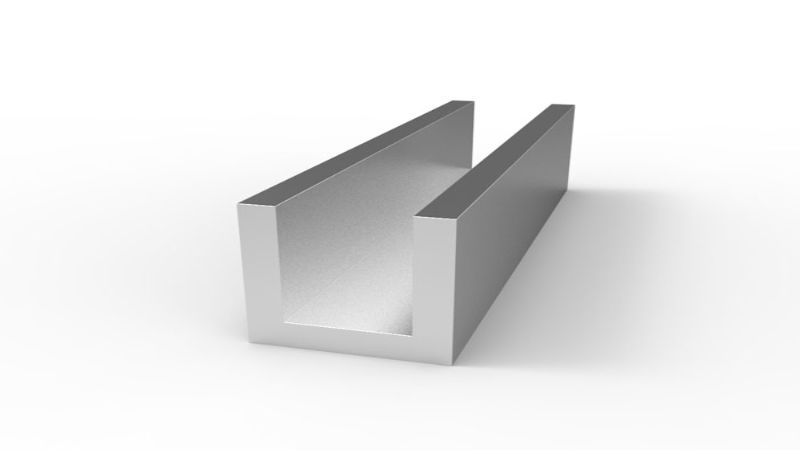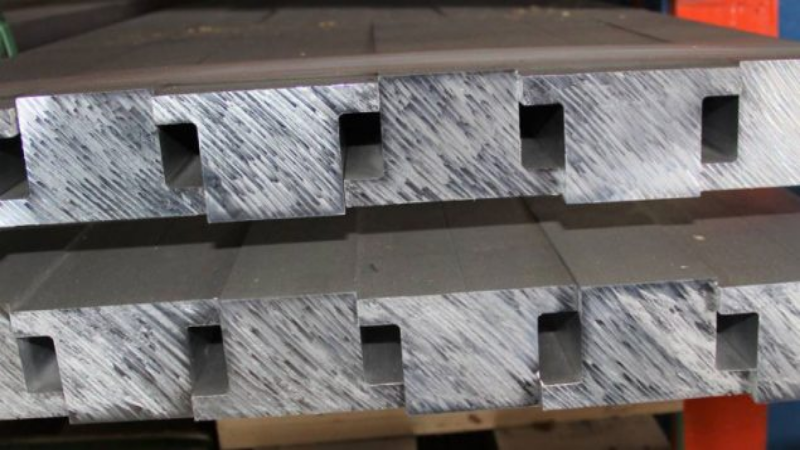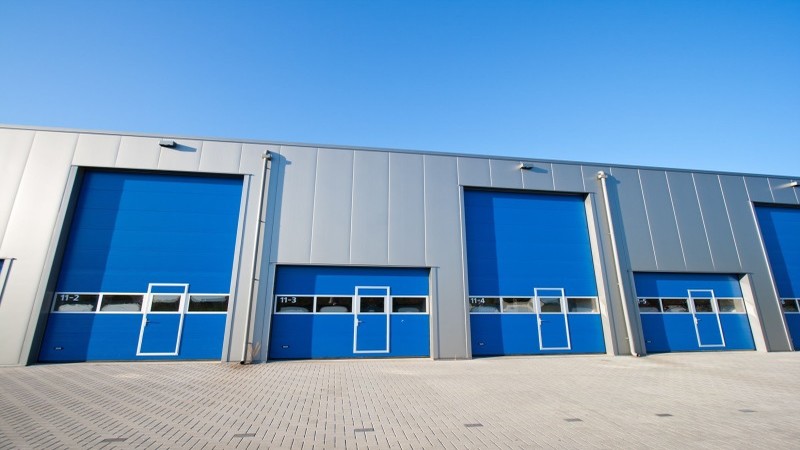The right material is important factor when it comes to welding and aluminum alloy. There are many different types of aluminum alloys and with a wide range of adaptability of versatility among the options, it is important to find the best aluminum alloy for specific welding requirements.
Although steel, when subjected to welding, often retains the same level of strength after the process, aluminum welds may possess considerably less strength in the parent material.
Weldability of Various Aluminum Alloys
One of the important pieces of information a welder must know when working with aluminum is that not every type of aluminum alloy is weldable when using Gas Metal Arc Welding (GMAW) or Gas Tungsten Arc Welding (GTAW). The weldability of the various aluminum alloys is referred to below
1XXX
This series of alloys is most similar to pure aluminum. 1XXX alloys are commonly used for corrosion resistance purposes and to conduct electrical currents. They are easy to weld and most often used with 1100 filler material.
2XXX
This series of alloys is not generally weldable due to its tendency to crack when subjected to high temperatures. There are two alloys however – 2519 into 2519 – that can be welded successfully with 4043 or 2319 filler material.
3XXX
This class of alloys is very formable and possesses medium strength. These alloys are commonly used in air conditioners and heat exchangers. They are very suitable for welding and are used with 5356 or 4043 filler material.
4XXX
This series of alloys can be used as base metals. However, they are most often used as filler material, in which case 4043 filler metal is used.
5XXX
This series of alloys is available in strong plates in sheets and can be welded radially using 5556, 5183, or 5356 filler material.
6XXX
Commonly these alloys are used in extrusion applications, but they also are provided in plates in sheets. They often crack when subjected to high temperatures. However, they may be used in welding applications when used with 5356 or 4043 filler material.
7XXX
This series of alloys is used commonly in aerospace applications. Generally, these alloys are not suitable for welding applications because of issues involving corrosion cracking. However, there are three exceptions to this in this series – 7039, 7005, and 7003 alloys may be successfully welded with 5356 filler material.
Weldability of Aluminum Alloys and Post-Weld Heat Treatments
Aluminum alloys are categorized as heat treatable or non-heat treatable. A technique referred to as cold working is used to harden non-heat treatable alloys, increasing the strength of the metal. This strengthening of the metal work successfully when starting with zero tempered metal.
Alternatively, heat treatable aluminum alloy has already been treated at 400°F. During the process of welding, the metal is heated to temperatures that exceed 400°F. This means the alloy loses some of its mechanical properties. In this case, without post-welding treatment performed after the weld, the welded area can be significantly weaker, potentially 40% weaker. For this reason, post-weld heat treatments after welding are required to prevent the area around the weld from becoming considerably weaker than the other portions of the aluminum alloy.


